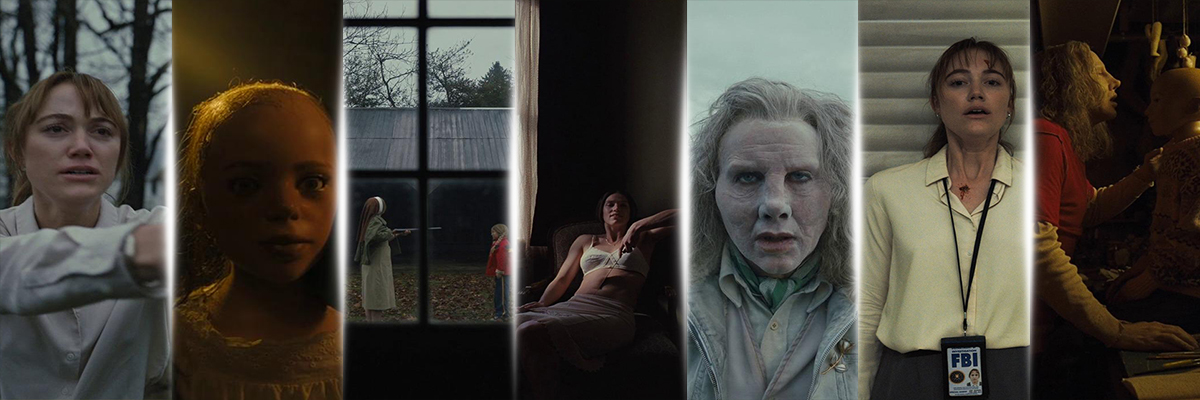
Movie Review – Longlegs
The 2024 horror landscape introduces Longlegs, a chilling entry in a genre that has long embraced the macabre, the psychological, and the supernatural. Directed by Osgood Perkins, a filmmaker known for his distinctive approach to atmospheric horror (The Blackcoat’s Daughter, Gretel & Hansel), Longlegs promises to marry old-school horror sensibilities with modern-day anxieties. With its striking imagery, eerie performances, and unnerving tension, Longlegs is more than just another horror film—it’s a psychological journey that weaves elements of dread, suspense, and the monstrous unknown.
In this review, we will explore Longlegs from various angles, including its plot, thematic undertones, characters, stylistic choices, and its place within the broader context of contemporary horror cinema. The film’s approach to horror reflects a delicate balance between homage to classic horror tropes and a fresh interpretation of fear, all while maintaining a gripping atmosphere that permeates every frame.
1. Plot Overview
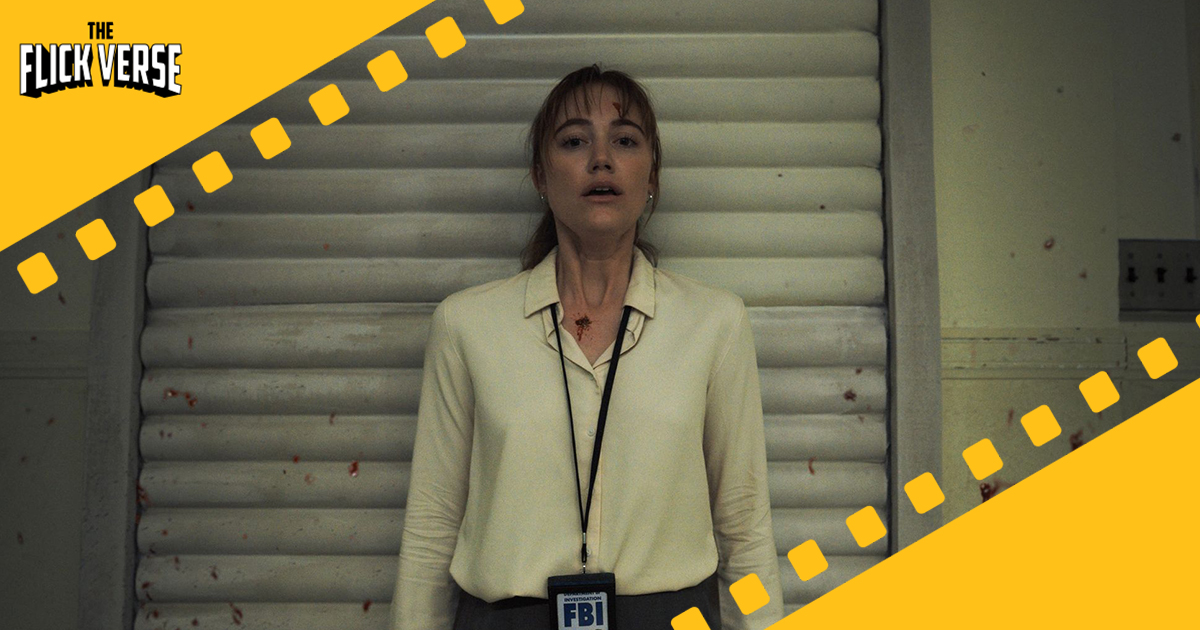
Longlegs centers on Charlie (played by Nicolas Cage), an enigmatic and chilling figure who becomes the central focus of an intense FBI investigation. The story unfolds as an intricate cat-and-mouse game, with a young, ambitious FBI agent, Lee Harker (played by Maika Monroe), determined to capture the elusive and terrifying Charlie. The narrative is set against the backdrop of a series of gruesome murders, each more grotesque and baffling than the last, with one common element connecting them all—Charlie’s shadowy presence.
The film opens with a sequence that sets the tone for what’s to come—a body discovered in a decrepit house, contorted in an unnatural way, its limbs twisted and elongated, evoking a sense of visceral unease. The audience is immediately thrust into the world of a brutal serial killer whose methods are not only violent but bizarre and terrifying. As Lee Harker delves deeper into the case, she begins to suspect that Charlie is more than just a man—there is something otherworldly about his appearance, his agility, and his seemingly supernatural ability to evade capture.
The deeper Harker goes, the more the lines blur between reality and nightmare. Charlie’s crimes go beyond mere murder; they suggest an ancient, ritualistic intent that transcends the typical motives of a serial killer. As Harker’s obsession with the case deepens, the film evolves into a psychological horror experience, with the audience never quite sure whether the danger is purely human or something far more sinister.
2. Thematic Exploration: Fear of the Unseen and the Unknown
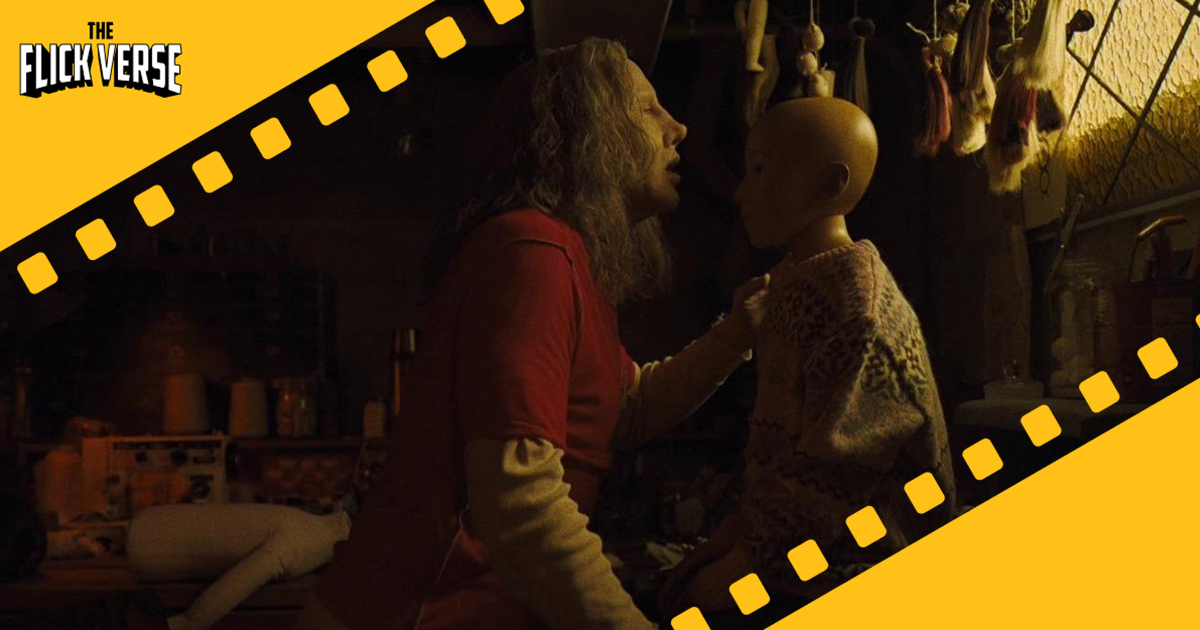
At the heart of Longlegs is a timeless horror theme: the fear of the unknown. The film taps into primal anxieties about what lurks beyond the realm of human understanding, using Charlie as the embodiment of an unknowable, otherworldly evil. He is not just a man but a force of nature, representing humanity’s darkest fears of what cannot be explained or reasoned with.
One of the most compelling aspects of Longlegs is its refusal to provide easy answers. Throughout the film, we are given glimpses into Charlie’s background and motivations, but they are never fully explained. This ambiguity amplifies the horror, leaving the audience to question what Charlie truly is. Is he a man possessed by some ancient evil? Is he a manifestation of fear itself? Or is he simply a human being capable of unimaginable cruelty? This ambiguity allows Longlegs to play on the audience’s imagination, making the horror more personal and subjective.
The film also explores themes of obsession and the psychological toll of hunting monsters. As Lee Harker becomes more entrenched in the investigation, she begins to lose herself in the case. Her determination to catch Charlie transforms into an all-consuming fixation, leading to moments of paranoia and hallucination. The film deftly explores the psychological horror of becoming so fixated on the darkness that it begins to consume you, a theme reminiscent of films like Se7en (1995) and Zodiac (2007).
3. Nicolas Cage’s Charlie: A New Horror Icon?
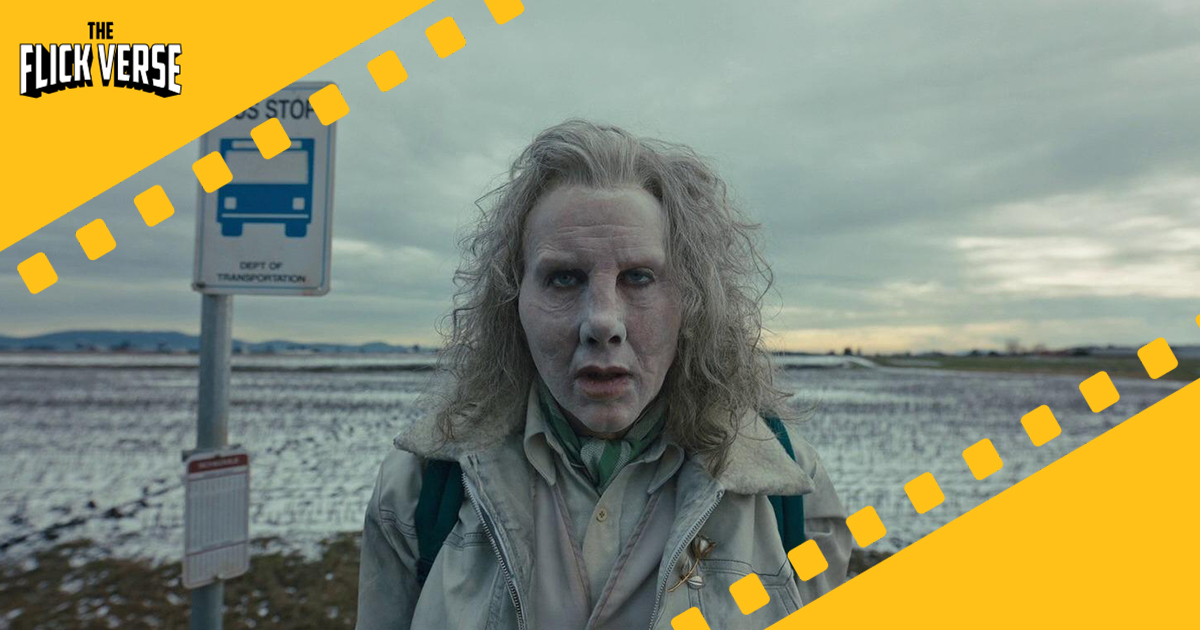
Nicolas Cage has long been celebrated for his ability to inhabit eccentric, unhinged characters, and in Longlegs, he delivers a performance that is both chilling and magnetic. As Charlie, Cage taps into his trademark intensity, creating a character who is equal parts terrifying and enigmatic. Charlie is not a loud, boisterous villain; instead, Cage plays him with a quiet, almost methodical malevolence. His long limbs and unsettling physical presence make him feel more like a predator than a person, stalking his prey with an eerie calmness.
Cage’s portrayal of Charlie is both physically and psychologically unsettling. He moves with an unnatural grace, his elongated limbs adding to the sense of something inhuman about him. But it’s not just his physicality that makes Charlie so terrifying—it’s his detached, almost dispassionate approach to murder. Unlike many horror villains who revel in their violence, Charlie’s acts of brutality seem ritualistic, as if he’s carrying out some dark purpose beyond human understanding.
What makes Charlie such an effective villain is the way the film slowly builds his mythology. We learn just enough about him to make him terrifying, but the film wisely avoids over-explaining his origins or motivations. This lack of explanation adds to his mystique, making him a figure of pure, unknowable horror—a monster in the truest sense of the word.
4. Maika Monroe’s Lee Harker: A Strong Protagonist in Peril
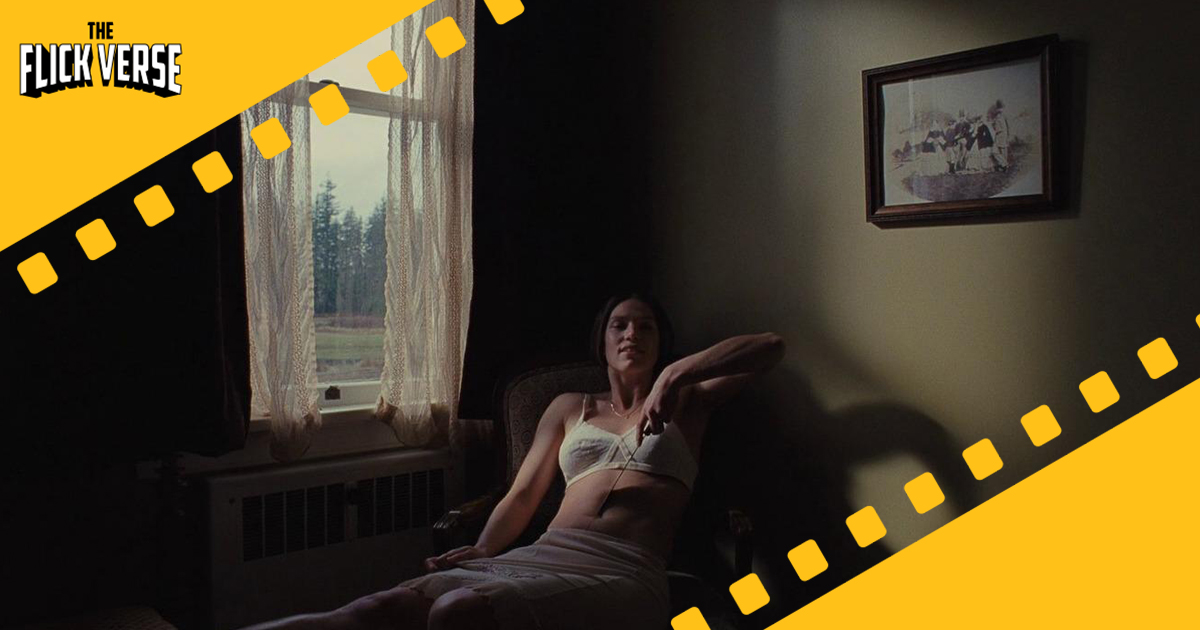
Maika Monroe, known for her breakout performance in It Follows (2014), once again proves herself as a capable and compelling horror lead in Longlegs. As FBI agent Lee Harker, Monroe brings a quiet intensity to the role, portraying a woman who is both determined and vulnerable. Harker is not the typical invulnerable action hero—she is a complex character, driven by a deep sense of justice but also haunted by personal demons.
The film does a great job of fleshing out Harker’s backstory, subtly revealing her motivations and inner struggles as she becomes more entangled in the case. We learn that Harker has her own history of trauma, which makes her pursuit of Charlie feel personal. Her obsession with catching him isn’t just about solving the case—it’s about proving something to herself, confronting her own fears and weaknesses.
Monroe’s performance is both grounded and emotionally charged, making Harker a relatable and sympathetic protagonist. Her journey throughout the film is one of psychological unraveling, as she grapples with the horrifying realization that Charlie might not be entirely human. Monroe deftly portrays Harker’s descent into paranoia, capturing the sense of dread and helplessness that comes with confronting something far beyond your control.
5. The Visual and Aesthetic Choices: Crafting a Dark and Haunting Atmosphere
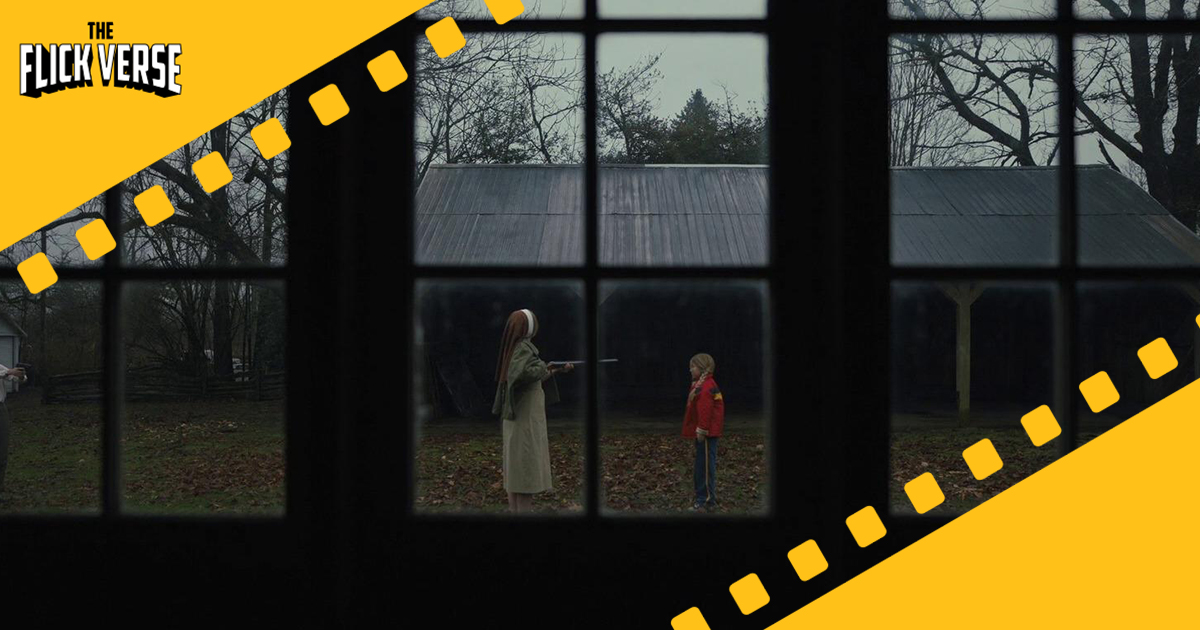
Osgood Perkins is known for his meticulous approach to atmosphere and visual storytelling, and Longlegs is no exception. The film’s aesthetic is one of its strongest elements, creating a haunting, oppressive mood that lingers long after the credits roll. Perkins uses stark contrasts between light and shadow, giving the film a claustrophobic feel even in wide, open spaces.
The film’s visual design emphasizes the unnaturalness of Charlie’s world. His presence is often heralded by subtle, unsettling visual cues—elongated shadows, distorted reflections, and strange, unnatural movements in the corners of the frame. These elements create a sense of unease that permeates every scene, making the audience feel like something is always lurking just out of sight.
Perkins also makes effective use of silence and minimal sound design. Many of the film’s most terrifying moments are not accompanied by loud jump scares or overbearing music, but rather by an eerie quietness. This minimalist approach allows the tension to build naturally, creating a sense of impending doom that keeps the audience on edge throughout the film.
The color palette is another standout feature, with cold, muted tones dominating the screen. This bleak aesthetic complements the film’s themes of obsession and decay, as Harker’s world becomes increasingly dark and disorienting. The use of color and light in Longlegs mirrors the psychological descent of its characters, adding an additional layer of depth to the film’s visual storytelling.
6. Body Horror and the Supernatural: Blurring the Line Between Man and Monster
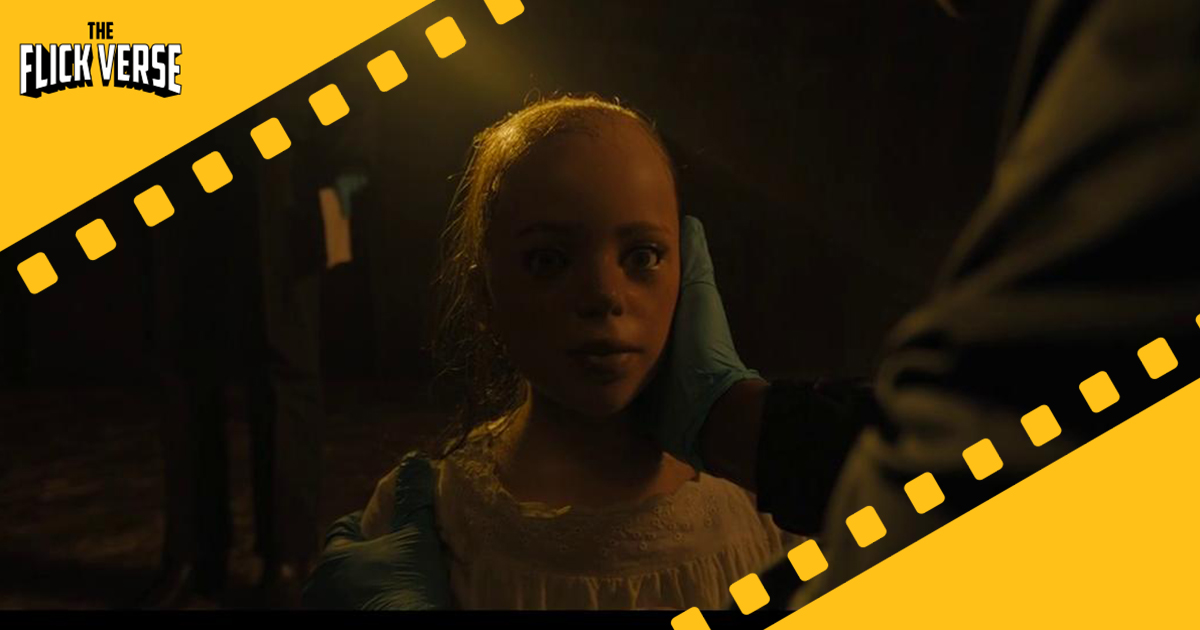
While Longlegs is primarily a psychological horror film, it also incorporates elements of body horror and the supernatural, particularly in its portrayal of Charlie. His elongated limbs and unnatural movements evoke a sense of the monstrous, suggesting that he may not be entirely human. These physical distortions are not just for shock value—they serve as a visual representation of Charlie’s inhumanity, blurring the line between man and monster.
The film gradually introduces more supernatural elements as Harker uncovers the deeper, ritualistic aspects of Charlie’s murders. There are hints throughout the film that Charlie’s ability to evade capture and his almost superhuman agility might be the result of some dark, ancient power. This ambiguity adds to the film’s tension, as both Harker and the audience are left questioning whether Charlie is simply a particularly cunning and brutal killer, or if he is something far more dangerous.
The body horror in Longlegs is used sparingly but effectively. Perkins understands that less is often more when it comes to horror, and the film’s most disturbing moments are those where the horror is suggested rather than shown outright. When the film does venture into more explicit territory, it does so with purpose, using body horror to enhance the psychological terror that drives the narrative.
7. The Horror of Obsession: A Descent into Madness
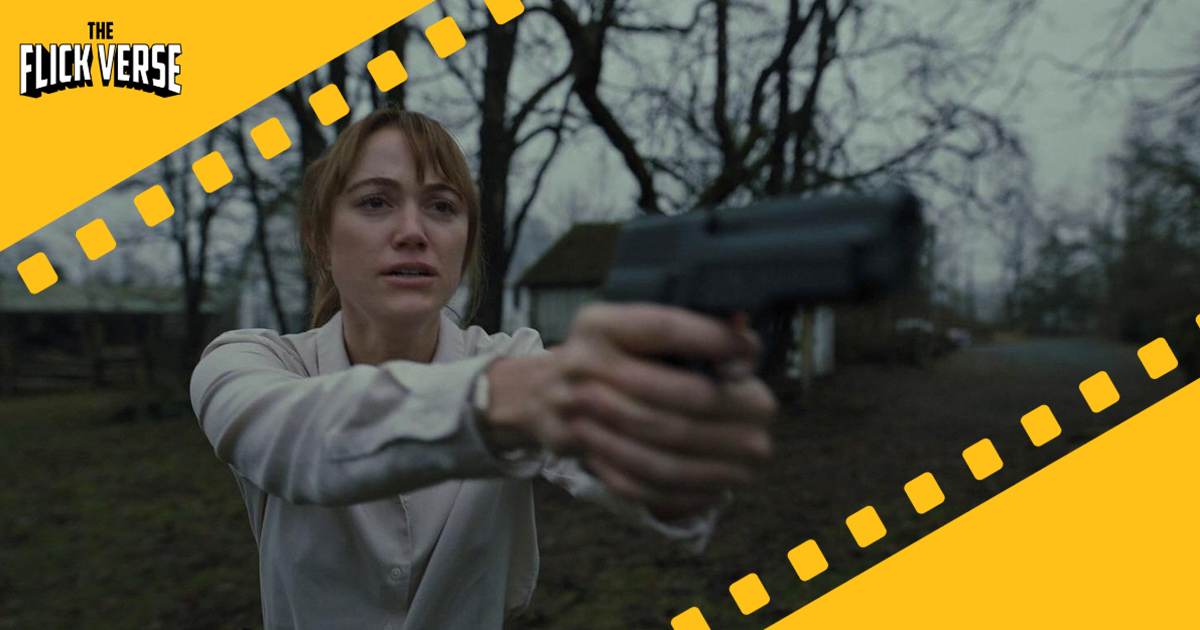
One of the central themes of Longlegs is the idea of obsession, both in terms of Harker’s fixation on capturing Charlie and Charlie’s own ritualistic approach to murder. As the film progresses, it becomes clear that both characters are driven by their own obsessions, with Harker’s determination
For More : Visit our Web Stories.
Alternative Movies Posters : Digital Download | Minimal Posters | Instant Download











